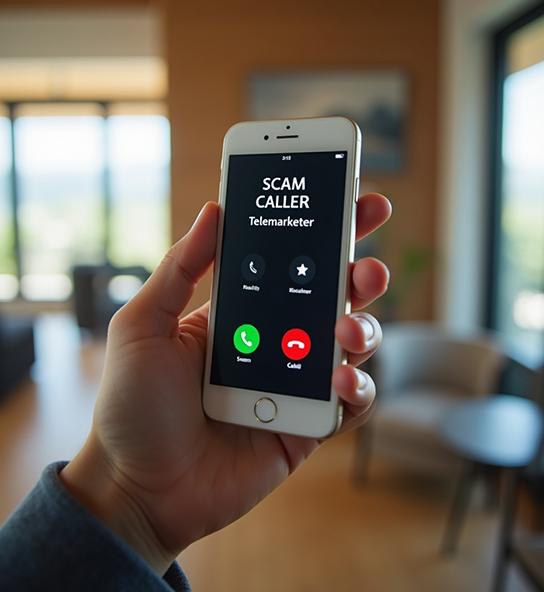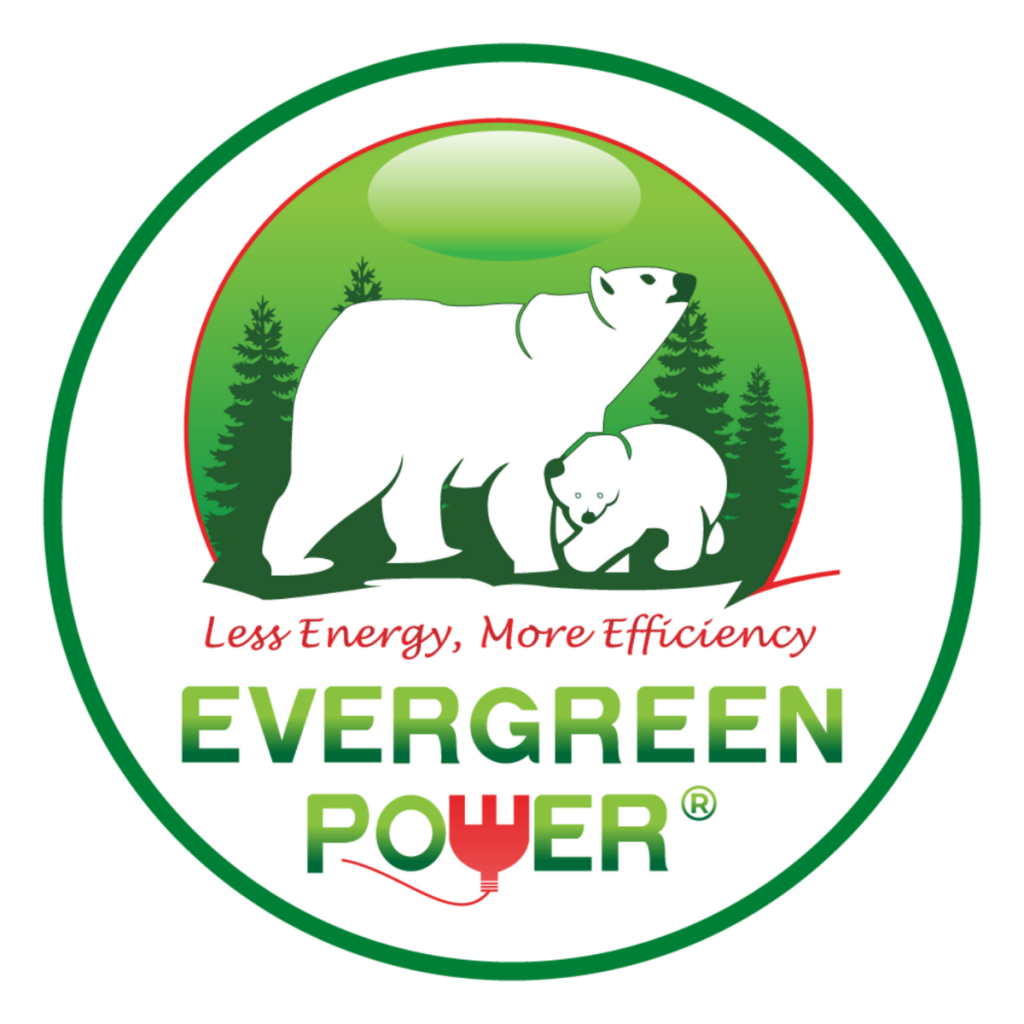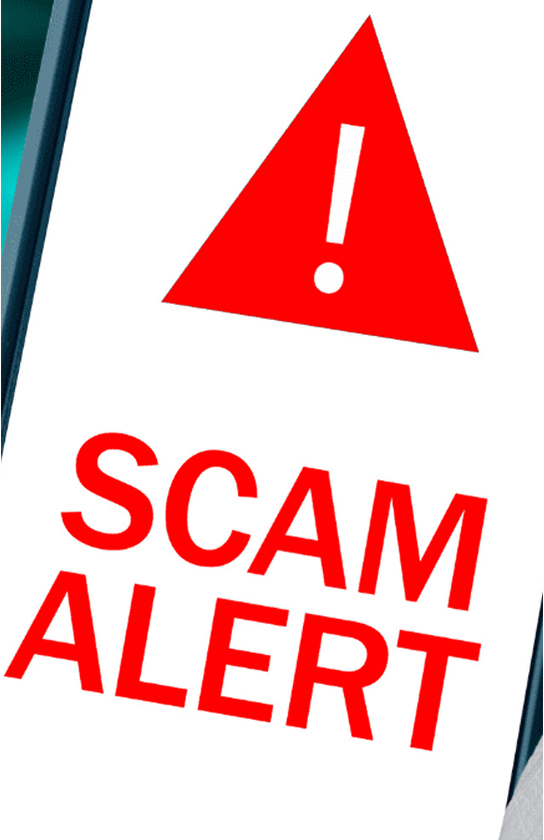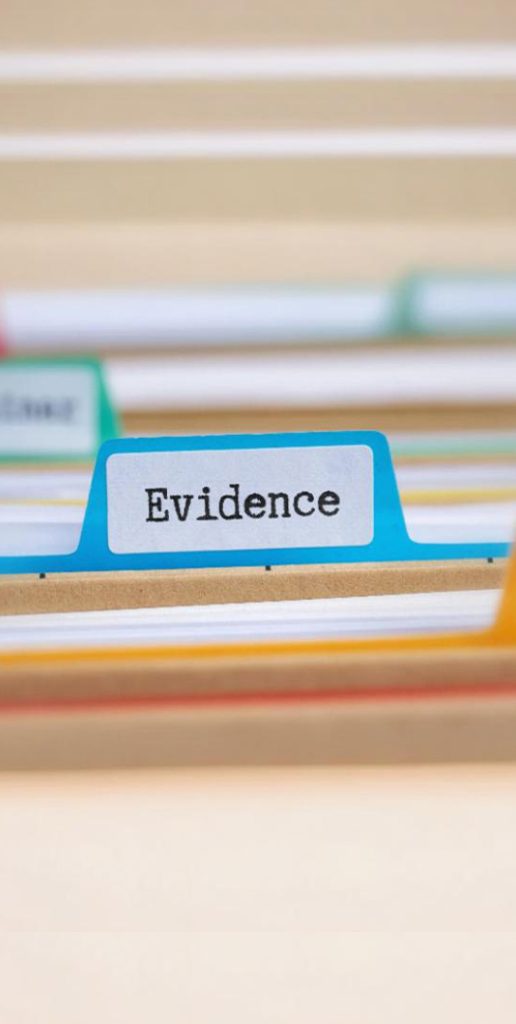Worried About Spray Foam Removal Cold Calls? Start Here.
If Evergreen Power UK installed Huntsman H2Foam Lite (Icynene) open-cell insulation in your home, this site shows you how to shut down scare tactics from removal cold-callers. We don’t sell insulation or removal; we share facts, paperwork checklists and the latest cross-industry guidance so you can prevent yourself from getting scammed by spray foam removal rogue firms.
Why this site exists
From late 2021 some parties pushed blanket claims that “all spray foam is bad”. That stance was retracted in October 2022, and in March 2023 a cross-industry inspection protocol set out what “good” looks like. Your installations follow those standards and use a breathable, vapour-permeable open-cell foam with BBA/KIWA approvals.
Please note: This site does not provide installation, survey or removal services. Instead, we share the expertise and know-how of Evergreen Power UK — one of Britain’s original spray-foam specialists — so you can make informed decisions and fend off unscrupulous callers.

What You’ll Find on This Site

Comprehensive FAQs
Deep-dive answers on spray-foam chemistry, breathability vs. barrier performance, installation best practice and health/safety considerations.

Regulatory Guidance
Summaries and downloadable checklists for RICS, RPSA and PCA positions—how their advice evolved and exactly what you should document.

Manufacturer Insights
Non-commercial overviews of Huntsman Building Solutions’ key products, certifications and the Spray Foam Inspection Protocol co-authored with industry bodies.

Scam Watch
Profiles of known cold-calling outfits—like Spray Foam Advice Centre—their tactics and how to verify or report any suspect removal demands.

Free Resources
From the five-stage Inspection Protocol to myth-busting guides and video walkthroughs, everything you need is here, free to view and download.
Evergreen Power UK standards at a glance

- Product: Huntsman H2Foam Lite (Icynene LD-C-50) open-cell—breathable, vapour-permeable.
- Approvals & competence: BBA, KIWA, PAS 2030/2035, TrustMark (company approvals at time of installs).
- Handover pack (since 2022): BBA/KIWA certificate, condensation/moisture report, accreditations, before-and-after photos.
- Protocol alignment (Mar 2023): Guidance produced with manufacturers (incl. Huntsman), PCA, RPSA, lenders and others.
If you’ve been cold-called about removal
- Don’t agree to anything on the phone.
- Ask for moisture readings and images.
- Use our verification checklist (below).
- Report suspicious activity to Action Fraud (https://www.actionfraud.police.uk) or Trading Standards via Citizens Advice Consumer Service (0808 223 1133).
Verify My Installation
Your two-minute checklist
Gather your handover pack and tick off the following (we’ve issued these packs since 2022):
- Product named as H2Foam Lite / Icynene LD-C-50 (open-cell).
- BBA/KIWA product certificate and company accreditations present.
- Moisture/condensation readings taken before install.
- Images: Before and after installation pictures.
- Location/application matches the certificate scope (e.g., rafter-level in a non-habitable loft for open-cell).
Tip for valuations: include your certificate pages + moisture reading + photos with the March 2023 protocol when you send documents to the surveyor/lender; not everyone keeps the newest guidance to hand.
Request copies
Missing a document? Ask us to re-issue your pack (copy of certs, readings, photos) so you can share it with third parties quickly.

Scam Alerts

How the scams work (and how to shut them down)
Cold-calling firms (often with no spray-foam qualifications) ring homeowners and claim immediate danger, then demand ££££ for removal—usually without ever visiting or taking readings. Typical pressure lines include “toxic off-gassing”, “roof collapse” or “no lender will ever accept”. Ask for: their accreditation, moisture readings, images, and a written report—you’ll usually get silence.
Red flags
- Unsolicited calls: no on-site testing offered.
- 48-hour deadlines, upfront full fees, or vague “hazard-zone” extras.
- Refusal to show BBA/KIWA or TrustMark/PAS credentials while criticising yours.
What to say on the call
“Please email your BBA/KIWA credentials, your moisture readings and images, and the exact certificate clause you believe has been breached.” Then end the call. Share your pack + protocol with any surveyor or lender who asks.
Report it
If you suspect data misuse or pressure selling, report via the appropriate channels (e.g., Trading Standards/Action Fraud). Keep notes of dates, numbers and claims used.
Action Fraud – https://www.actionfraud.police.uk
Trading Standard via Citizens Advice Consumer Service – 0808 223 1133.
Evidence Hub
The short version: What changed (and why it matters)
- Dec 2021: A sector paper triggered blanket concerns about ‘all foam’.
- 25 Oct 2022: That paper was retracted; blanket claims withdrawn.
- Mar 2023: A cross-industry inspection protocol (manufacturers incl. Huntsman, PCA, RPSA, lenders) set practical steps and required handover evidence.
What the protocol expects
- Installer documentation: product certs (BBA/KIWA), moisture checks, images, application per certificate.
- Competence: surveyors/inspectors should have spray-foam training (Huntsman offers this online).
Open-cell vs closed-cell—why it matters
Historic issues often related to closed-cell products in the wrong application. Your homes were fitted with H2Foam Lite open-cell, which is breathable (reduces trapped moisture risk) when installed to certificate scope.
Government context
The same open-cell product type appeared under the Green Homes Grant period (2020–2021), demonstrating government-scheme acceptance at the time.
Media coverage
If recent television programmes or news articles about spray foam insulation have caused concern, it is important to note that these reports rarely, if ever, specify the exact brand of product involved. In reality, there are numerous manufacturers, each producing spray foam insulation with distinct specifications, performance characteristics, and intended applications. Treating all spray foam products as identical would be akin to assuming that every car is the same, regardless of make, model, or engineering standards.

Regulator snapshots (for homeowners & valuers)

RICS (overview for valuers)
- Blanket caution evolved into a documentation-led approach. Provide certificates + readings + photos and reference Mar 2023 protocol with your pack.
PCA
- Confirms correctly installed systems are to be judged on evidence (moisture, IR, scope compliance). Use our pack to expedite decisions.
RPSA
- The 2021 blanket statement is retracted (25 Oct 2022); today, installation quality, product type and documentation drive assessment.
Huntsman (manufacturer)
- H2Foam Lite (Icynene) is open-cell, vapour-permeable, BBA/KIWA-certified; Huntsman also supports the protocol and offers training to surveyors.
FAQs
1. What exactly was installed in my home?
Huntsman H2Foam Lite (Icynene) open-cell, a breathable, vapour-permeable insulation with BBA and KIWA certification. The foam is soft, flexible and air and moisture permeable.
2. Do I really need to remove my spray foam?
No. Provide your handover pack and request a proper on-site assessment from a qualified company with spray foam experience/knowledge. Blanket “all foam = remove” statements were rolled back; decisions is be evidence-based.
3. I’ve had a cold call saying my spray foam is “dangerous” and must be removed. Is this legitimate?
Usually not. Genuine assessors don’t diagnose by phone. Any credible opinion requires an on-site inspection with moisture readings and photos, plus a written report that references your product’s certificate. Be cautious of generic, “template-style” reports that make claims without presenting tangible, product-specific evidence.
4. What are the most common scare tactics?
- “Your roof will rot / collapse.”
- “Your mortgage will be refused automatically.”
- “There’s toxic off-gassing.”
- “You must decide in 24–48 hours.”
Scams rely on fear and urgency. Ask for evidence, not adjectives.
5. What should I ask the caller for—right now?
Request three specifics, in writing:
- Their accreditations (BBA/KIWA product knowledge; TrustMark/PAS; relevant trade body ID).
- The moisture readings and images they say prove a problem.
- The exact certificate clause they believe has been breached (product + application).
If they can’t supply these, end the call.
6. They said “no lender will ever accept spray foam”. True?
No. Lenders rely on their own valuation processes. Provide your complete handover pack, and the current inspection guidance. Decisions should be evidence-based, not blanket statements.
7. Can I block or report these nuisance calls?
Yes. Keep a note of the number, date, what was claimed, and any emails or leaflets. Report the activity to Action Fraud (https://www.actionfraud.police.uk) or Trading Standard via Citizens Advice Consumer Service (0808 223 1133).
8. I think my details were used without consent. What should I do?
If you suspect misuse of your personal data (e.g., your details were taken from an installer’s old records and used for marketing), you can raise a data-protection complaint with the appropriate authority. Keep copies of any messages or recordings.
9. I’ve already booked a “free survey”. Should I let them in?
Absolutely not, you should cancel the survey that you have booked. These company use high pressure tactics to sell spray foam removal services and pry on vulnerable customers. You should immediately report them to the authorities.
10. Can scammers invalidate my warranty or my mortgage by calling me?
No caller can alter your product warranty or your lender’s policy by phone. Warranties and lending decisions depend on documents and evidence, not cold-call claims. Keep your handover pack handy and share it with professionals who actually need to see it.
11. What’s the best way to respond to a pressure call—without getting drawn in?
Try this script, calmly:
“Please email me your accreditations, the moisture readings and thermal images you’re relying on, and the exact certificate clause you believe is breached. Once I’ve reviewed your written report, I’ll respond.”
Then end the call. No debate, no commitments.
12. I paid a deposit after a high-pressure call. Can I cancel?
You may have cancellation rights depending on how and where the contract was agreed. Act quickly: gather your paperwork and contact a consumer-advice service for guidance on next steps (including how to put a cancellation in writing and how to pursue a refund or chargeback).
13. What evidence should I keep if I think it’s a scam?
- Caller numbers and timestamps
- Names claimed by callers and company details
- Emails, texts, leaflets, and screenshots
- Any quotes, “reports”, or images sent to you
This record makes reporting—and getting help—far easier.
14. What evidence should I keep if I think it’s a scam?
- Share your handover pack with a trusted, independent professional and ask for a written opinion.
- Use our site’s checklists to prepare the exact documents lenders and surveyors typically want to see.
- If you’ve had a troubling call, report it through the appropriate consumer-protection channels.
15. Why are some valuers still unsure?
Not everyone has caught up with the Oct 2022 retraction and Mar 2023 protocol. Include both (plus your pack) in any sale or equity-release process.
16. What documents should I show a lender/surveyor?
- BBA/KIWA certificate pages for your product
- Moisture/condensation readings
- Product warranty
- Company accreditations (PAS 2030/2035, TrustMark, BBA/KIWA)
All are in your pack (issued since 2022).
17. Is open-cell safer for roofs than closed-cell?
They’re different tools. The historic issues were typically closed-cell in the wrong application. Your open-cell system is breathable and designed to let moisture diffuse when used to certificate scope.
18. Wasn’t spray foam on a government scheme?
Yes. The product class was included under the Green Homes Grant window (2020–2021).
19. Can open-cell foam be removed if I really want to?
If removal is genuinely required (rare), open-cell is relatively straightforward to strip compared with closed-cell. Removing open-cell spray foam needn’t be a major upheaval or cost you thousands of pounds. In most domestic settings it’s a straightforward, day-long job for a small team:
- Simple Tools & Techniques
Operatives typically use an oscillating multi-tool (or similar cutter) and a robust shop vacuum to slice and clear foam in accessible areas. - Two Labourers, One Day
A pair of competent labourers can strip out open-cell foam from a typical loft or cavity in around 6–8 hours— leaving the space ready for replacement insulation or other works. - Reasonable Rates
Hiring two tradespeople for a day, including equipment hire and PPE (respirator, goggles, coveralls), should cost in the low hundreds of pounds – not thousands. - Minimal Mess
With basic dust-containment measures (sheeting, sealed bags for waste) the disruption is limited and easily managed.
Notes on sources & claims
- RPSA retraction cited from your complaint correspondence and follow-ups (25 Oct 2022).
- March 2023 inspection protocol participation (manufacturers incl. Huntsman; PCA; RPSA; lenders) and the handover pack requirement.
- Evergreen Power’s standard handover evidence since 2022 (BBA/KIWA + moisture reading + warranty certificate + photos + invoices).
- Product used: H2Foam Lite (Icynene) open-cell, breathable/vapour-permeable, with BBA/KIWA certification.
Stay informed. Stay secure.
Evergreen Power UK Spray Foam Insulation website exists solely to empower UK homeowners — so you never fall prey to baseless removal scams or outdated horror stories.


